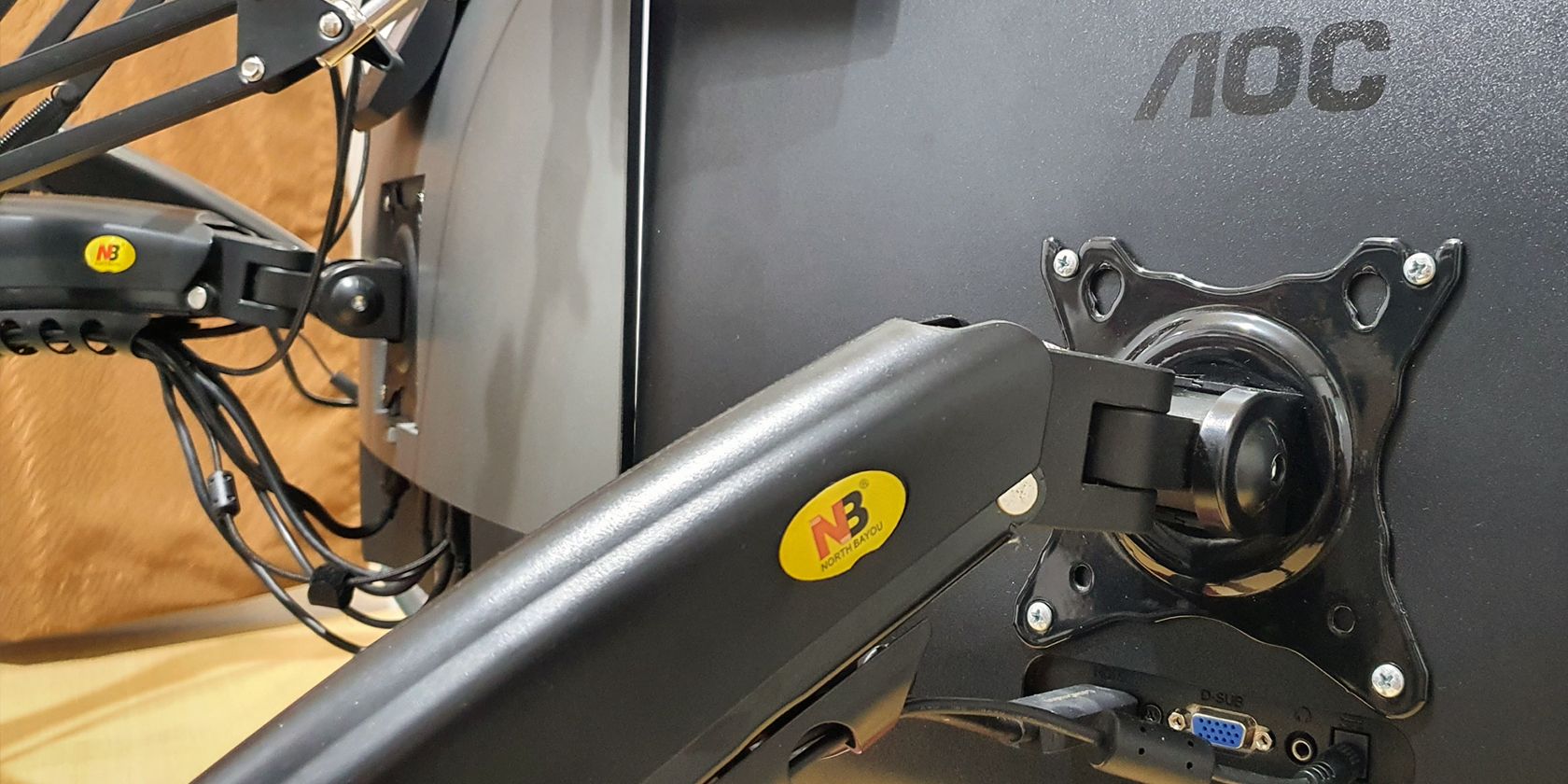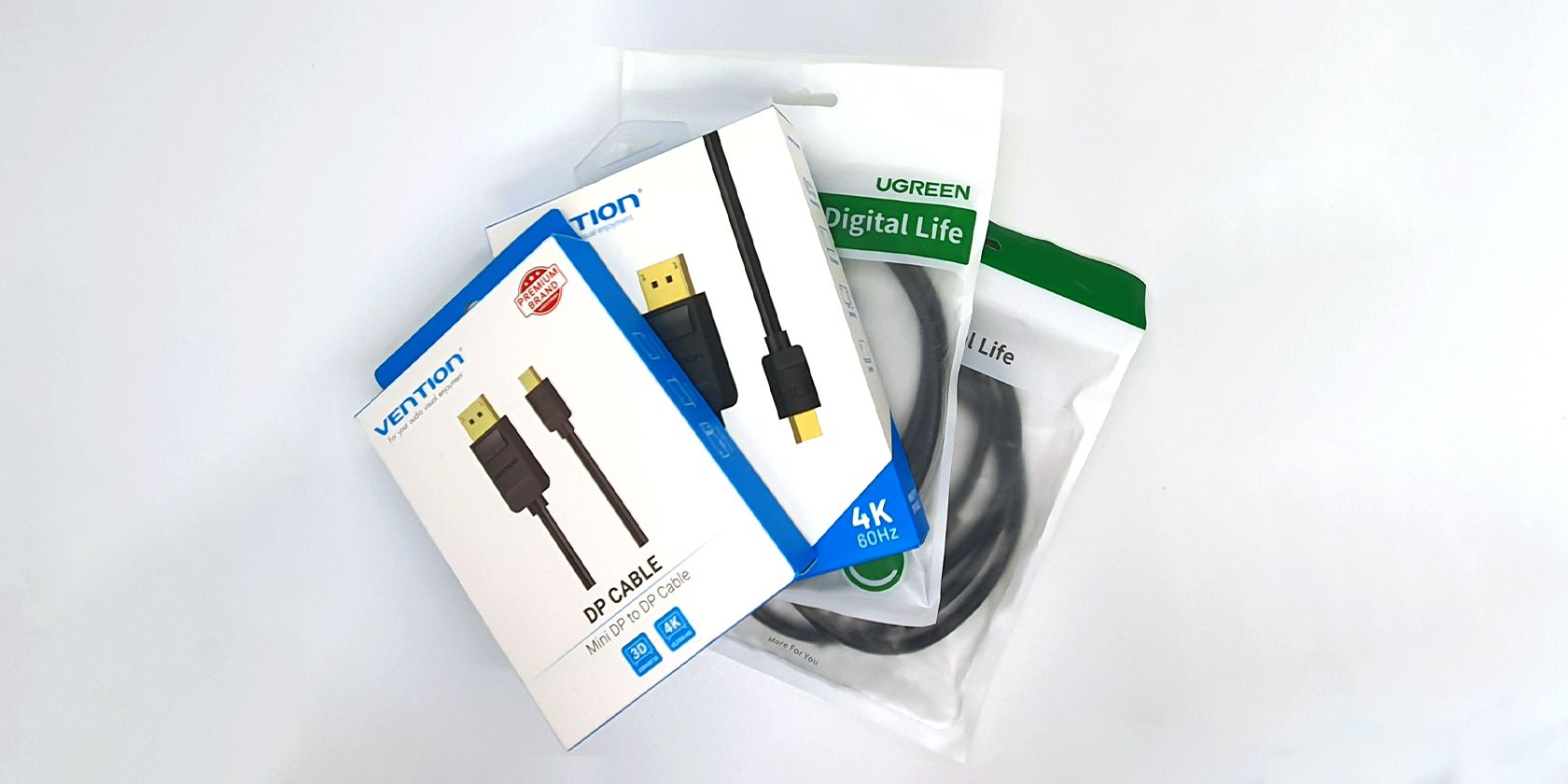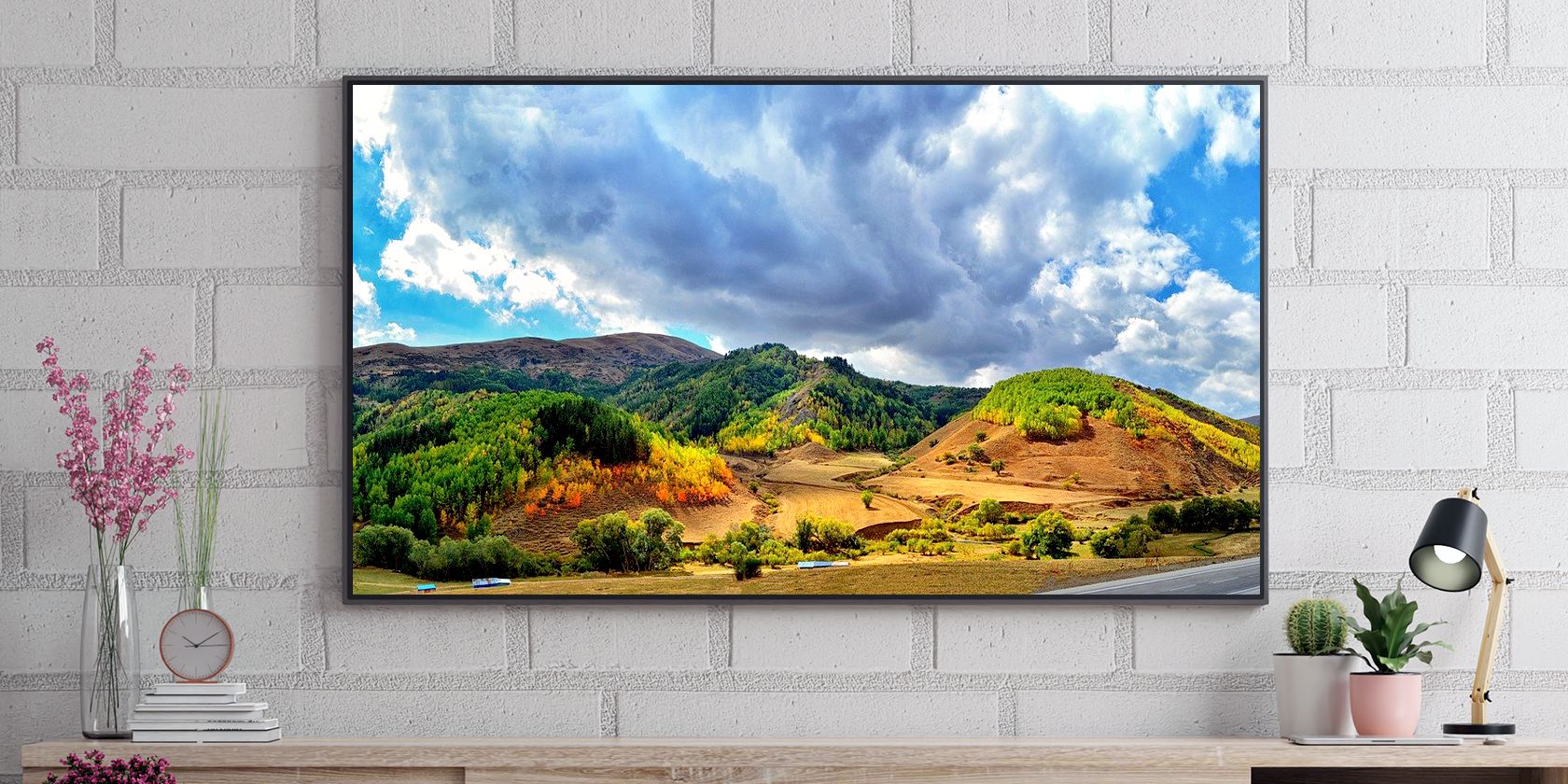You may have heard of VESA, especially if you bought a mount for your TV or monitor. But did you know that VESA goes far beyond arms and mounts? If you've heard of DisplayPort, DisplayHDR, AdaptiveSync, and MediaSync, then you've heard of VESA's other certifications.
So, what exactly is VESA? And what is its impact on how we use screens, monitors, and displays?
The Video Electronics Standards Association
Although the group is now known as VESA, it was officially registered in 1989 as the Video Electronics Standards Association in California. According to this 1988 issue of Info World, NEC Home Electronics created the association to promote the 800x600 pixel Super VGA resolution among companies. This standard was meant to supplant the 640x480 pixel VGA standard IBM introduced in 1987.
Today, the group holds several industry standards for personal and workstation computers, as well as other consumer electronics. It has a membership of over 300 companies, including AMD, Apple, Google, Intel, LG, NVIDIA, Oculus, Qualcomm, Samsung, Valve, and more.
Although the group holds several standards and specifications, these are some of its most used standards.
VESA Mount
The official name for the VESA mount is the Flat Display Mounting Interface (FDMI), and it's designed to standardize the mounting patterns found on the backs of thin, flat screens. That way, even if you have monitors from different brands, you don't need to buy specific mounts or arms for them.
The FDMI has five centrally-mounted and four edge-mounted standards, ensuring that all display sizes and weights are accommodated. The largest standard can hold up to 250 pounds, so you can easily find mounting solutions for even the largest screens.
If you're planning to buy an arm or mount for a monitor you're buying online, you can rely on our VESA Mounting standards quick guide to ensure you buy the right-sized mount for it.
DisplayPort
VESA developed the DisplayPort (DP) standard to replace DVI, VGA, SCART, and RGB—transmitting both video and audio data on a single cable. It's HDMI's primary competitor in the video transmission space. Historically, DisplayPort has had more bandwidth than HDMI, meaning it could support greater resolutions and faster frame rates than HDMI.
As of 2022, HDMI 2.1 only has a maximum of 48GBit/s, while DisplayPort 2.0 can accommodate up to 80 GBit/s. The group even created the new DisplayPort UHBR Standard to make it easy for consumers to choose the appropriate cable for their displays.
One other capability that DP has over HDMI is that it can daisy-chain different monitors. That means you can attach two or more monitors using a single DP or miniDP port. This capability is useful for laptops and other mobile workstations, which are usually limited to a single miniDP, DisplayPort Over USB-C, or Thunderbolt port.
DisplayHDR
HDR is all the rage today in TVs, monitors, and other digital displays. When a manufacturer claims that its screen is HDR Ready or capable, it's saying it will display the most realistic, vibrant colors. However, those claims aren't substantiated by a third-party organization—it's just up to the manufacturer to determine what HDR is.
That's why VESA established DisplayHDR. It's an open standard with a fully transparent testing process, ensuring that all devices with this certification will meet the specifications set forth by the association.
Currently, there are two certification types for DisplayHDR: LED monitors and OLED displays.
|
Display Type |
Certification |
Brightness (cd/m2) |
DCI P3 Coverage |
Local Dimming |
Maximum Black Level Luminance (cd/m2) |
|
LED |
DisplayHDR 400 |
400 |
No |
No |
0.4 |
|
DisplayHDR 500 |
500 |
>90% |
Yes |
0.1 |
|
|
DisplayHDR 600 |
600 |
>90% |
Yes |
0.1 |
|
|
DisplayHDR 1000 |
1000 |
>90% |
Yes |
0.05 |
|
|
DisplayHDR 1400 |
1400 |
>90% |
Yes |
0.05 |
|
|
OLED |
True Black 400 |
400 |
>90% |
N/A |
0.0005 |
|
True Black 500 |
500 |
>90% |
N/A |
0.0005 |
|
|
True Black 600 |
600 |
>90% |
N/A |
0.0005 |
If you're planning to buy an HDR display and want to ensure that it's certified for DisplayHDR, you can visit VESA's Certified Products page to check if it's listed.
AdaptiveSync and MediaSync
As graphics cards become more powerful, allowing them to push higher frame rates, monitors must keep up. However, you don't need to run your displays at 144Hz all the time, so manufacturers have introduced variable refresh rates on laptop and monitor panels.
However, like HDR, there was no open standard that ensured a uniform quality among devices supporting this technology. Hence, VESA created these standards to ensure customers get what they're paying for.
When a monitor or laptop displays this certification, it means it can operate at less than or equal or equal to 60Hz (AdaptiveSync) or 48Hz (MediaSync) and more than 144Hz (AdaptiveSync) or 60Hz (MediaSync) at maximum. That means your device can operate much more efficiently since it's not always running at the maximum refresh rate.
AdaptiveSync is already supported by most CPU and GPU manufacturers, like Apple, AMD, Intel, Mediatek, NVIDIA, and Samsung, ensuring that if you get a certified display, it will be supported by the majority of desktop and laptop computers.
Other VESA Standards
Aside from those mentioned above, VESA has implemented other standards as well. However, some of them weren't as popular, like the VESA Digital Flat Panel (DFP), which was supposed to replace the VGA plug, and the VESA Plug and Display standard, which was supposed to replace DVI.
Giving Clarity to Consumers
Although the VESA group, which only has over 300+ member companies, isn't as large as the HDMI consortium, with its over 1,500+ participants, it still significantly impacts consumer technologies. This is especially true in the computer industry, which is the primary industry of many of its members.
You will find that many of its standards, like DisplayPort and AdaptiveSync, are particularly suited for computers and workstations. For example, DisplayPort's multi-stream transport technology that allows multiple monitors are particularly useful for gamers and power users. However, you'll rarely find this setup in TVs and media-focused displays. The high-refresh rates AdaptiveSync requires are also more frequently found on high-end gaming computers.
With VESA's standards, consumers can ensure they get what they're paying for. So, if you see a VESA certification on the monitor you're looking at, you're guaranteed it will perform as expected.





